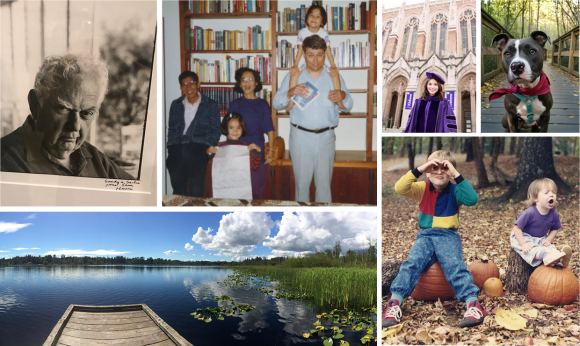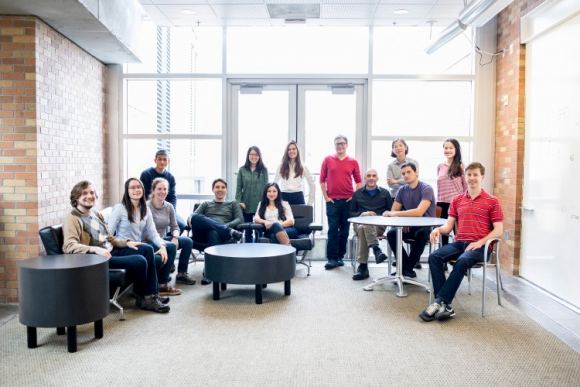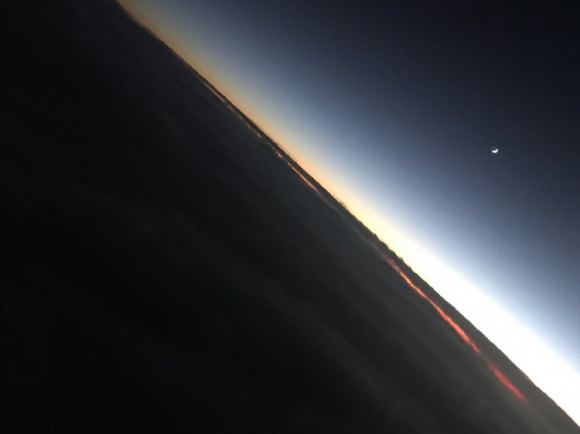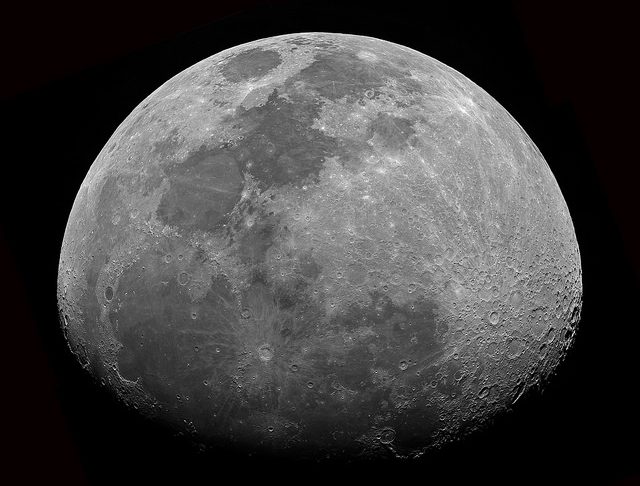Time capsules are a fun and time-honored way to preserve pieces of the past. In most cases, they include photographs, mementos and other items of personal value, things that give future generations a sense of what life was like in the past. But what if we intend to preserve the memories and experiences of an entire species for thousands of years? What would we choose to squirrel away then, and where would be place it?
That’s precisely what researchers from the Molecular Information Systems Lab at the University of Washington (UW) and Microsoft had in mind when they announced their #MemoriesInDNA project. This project invites people to submit photos that will be encoded in DNA and stored for millennia. And thanks to a new partnership with the Arch Mission Foundation, this capsule will be sent to the Moon in 2020!
The project leaders are seeking to include 10,000 original photographs and the full text of 20 important books (among other items) in this archive, which will then be stored in synthetic DNA and made available to researchers worldwide. This DNA will be provided by Twist Bioscience, a San Fransisco-based company that creates synthetic DNA for commercial partners to conduct biotechnological research.

Participants are also encouraged to share them on social media with the hashtag #MemoriesInDNA and include a story about why the photo is important to them. As Luis Ceze, a professor in the UW’s Paul G. Allen School of Computer Science & Engineering, said of the project when it was first announced:
“It’s your turn to show us what should be preserved in DNA forever. We want people to go out and take a picture of something that they want the world to remember — it’s a fun opportunity to send a message to future generations and help our research in the process.”
Compared to data centers, which require acres of land and considerable electricity to keep running, DNA offers a means of storing data at the molecular scale. This allows for data storage that is several orders of magnitude denser, millions of times more compact, and last much longer than conventional methods.
The basic process involves converting strings of ones and zeroes in digital data into the four basic building blocks of DNA sequences — adenine, guanine, cytosine and thymine. The project collection now includes more than 3,000 images, consisting of physical photographs, digital photographs, and pages stored as analog microfiche on thin sheets of nickel.

“With DNA, Nature really nailed information storage at the molecular scale,” said Ceze. “Our goal at MISL is to explore how to build revolutionary systems around it. ‘Memories in DNA’ gives everyone an opportunity to participate and a way to preserve cherished memories. And now beyond planet Earth! We are honored to be part of this incredible project.”
Naturally, there is the issue of how this DNA archive will be shielded once it is on the Moon, where it will be beyond the Earth’s protective magnetic field. It is well-known that cosmic rays are detrimental to DNA, which can lead to increased risks of cancer among astronauts. In the case of the archive, cosmic rays could break up the DNA strands, making them unreadable.
To address this, Ceze and his team have been working on methods to ensure that all the information can still be decoded even if some of the DNA degrades. The first method, known as physical redundancy, involves adding multiple copies (perhaps even billions) of each strand of DNA to the archive to account for degradation over time.
The second method, known as logical redundancy, was developed Ceze and other members of UW’s Paul G. Allen School of Computer Science with the help of Microsoft. This method involves attaching information about the data within the DNA itself. This way, even if all copies of a DNA strand go missing, the researchers will still be able to piece together what was lost.
The project was first announced back in January of 2018, and the University of Washington and Microsoft have since entered into a partnership with the Arch Mission Foundation. This Texas-based non-profit is dedicated to creating archives using various means of data storage that will be able to survive for long periods of time in space or remote locations around the world (i.e. caves, underwater, underground etc.).
“Microsoft’s mission is to empower every person and every organization on the planet to achieve more,” said Karin Strauss, a Senior Researcher at Microsoft. “Collaborating with the Arch Mission Foundation on the Lunar Library is a natural extension of that mission beyond planetary boundaries. With this collaboration, we show the value of human knowledge and the incredible density achieved with storing digital information in DNA. This work with Arch continues to push the boundaries of what’s possible in increasingly exciting ways and remarkable directions.”
By leveraging advances in data storage and the rise of the commercial aerospace industry, the Arch Mission Foundation is dedicated to continuously preserving and disseminate humanity’s most important knowledge. By storing them in space, AMF hopes that their archives (known as Arch Libraries) will be the longest-lasting records of human civilization ever created.
Earlier this year, the Foundation announced the creation of the Lunar Library, which will place Wikipedia and other archival information on the Moon by 2020. This archive will now include the #MemoriesInDNA archive and will be the largest amount of data ever written into synthetic DNA. As Nova Spivack, the co-founder of the Arch Mission Foundation, said in a recent company press statement:
“We aim to build the largest library in DNA ever – and it will continue to get larger as our capacity grows toward petabyte scale in the future. We’re proud that this addition to the Lunar Library – our first Special Collection – builds on our mission of preserving data by safeguarding both classic works and precious memories. This data is an exciting beginning to our Lunar Library Special Collections and a worthwhile continuation of Arch’s mission to lead new frontiers of data preservation.”

In case those who find the Library do not have the necessary technology to access it, the Arch Mission will include instructions on how to sequence DNA and obtain the information contained therein. With this new partnership in place, the UW team is working hard to finalize all their packaging and storage plans and meet the 2020 deadline.
As Karin Strauss, a senior researcher at Microsoft and a UW affiliate associate professor of computer science and engineering, expressed:
“We’re proud that this partnership with Arch continues to push the boundaries of what’s possible in increasingly exciting ways and remarkable directions. This is an incredibly exciting project and we have a great multidisciplinary team working on it: coding theorists, computer architects, engineers and molecular biologists, all coming together to make this new technology a reality.”
Interestingly enough, the Lunar Library is not the first archive to be launched into space. Back in February, the Arch Mission Foundation partnered with SpaceX to launch the Solar Library, a data crystal containing Isaac Asimov’s Foundation Trilogy that will orbit the Sun for billions of years. In the future, they hope to send Arch Libraries into Low-Earth Orbit and various locations around the world, then on to Mars and throughout the Solar System.
Who knows? Someday, humanity may become a multi-planetary species and uncover countless time capsules that attest to what life was like in the 21st century. Or perhaps our DNA archives will be like the Voyager Golden Record, eventually finding their way into the hands of an extra-terrestrial intelligence. Either way, those future generations that hopefully uncover these archives are sure to be intrigued by what they find!
For more information about the #MemoriesInDNA project, visit the project website or email [email protected].
Further Reading: University of Washington, UW (2), Arch Mission Foundation, PR Web

